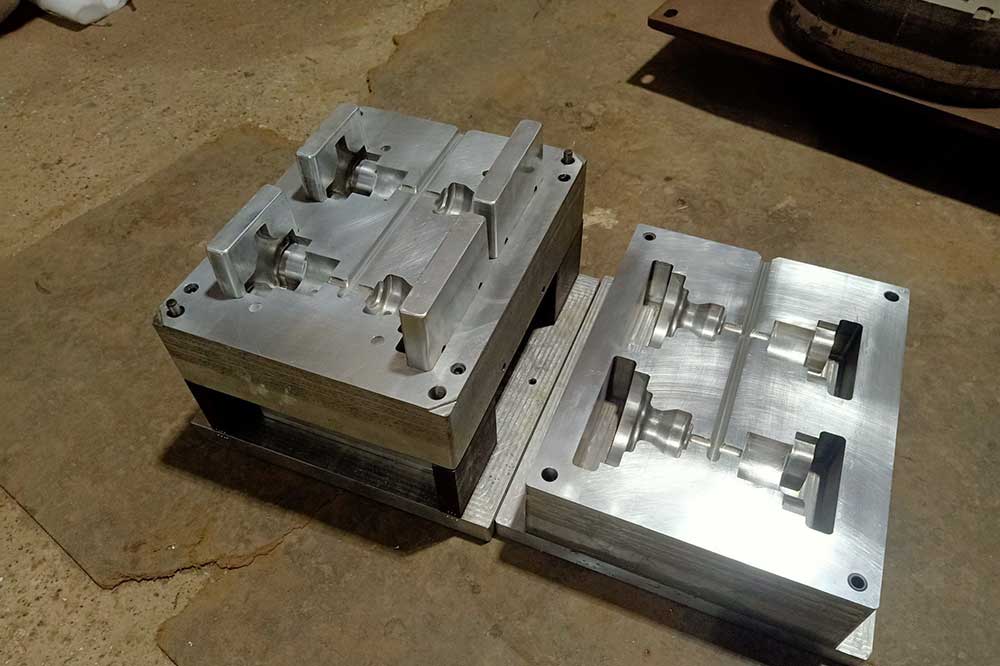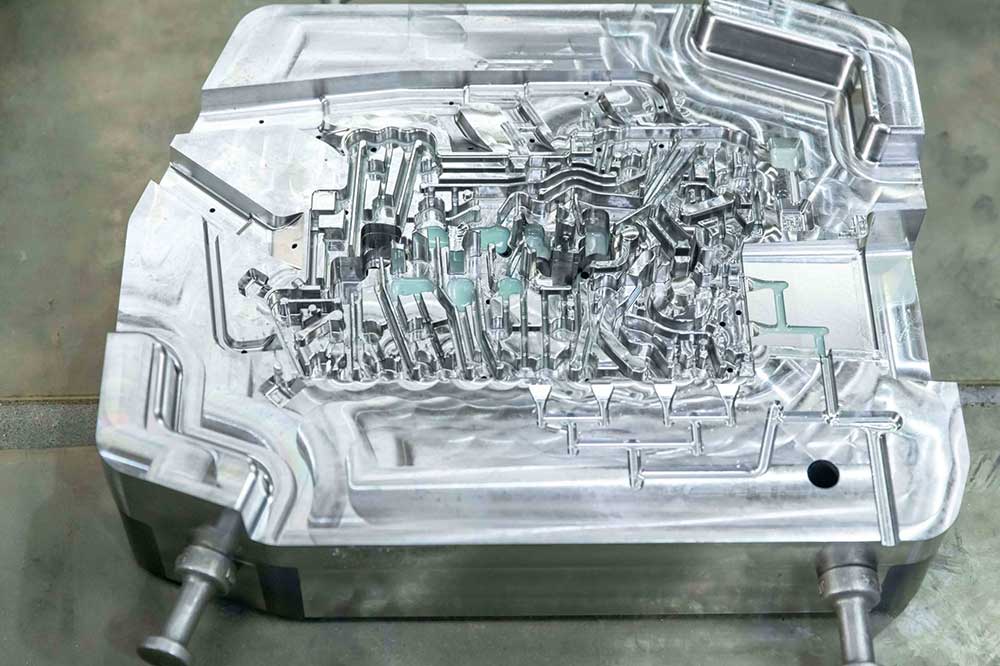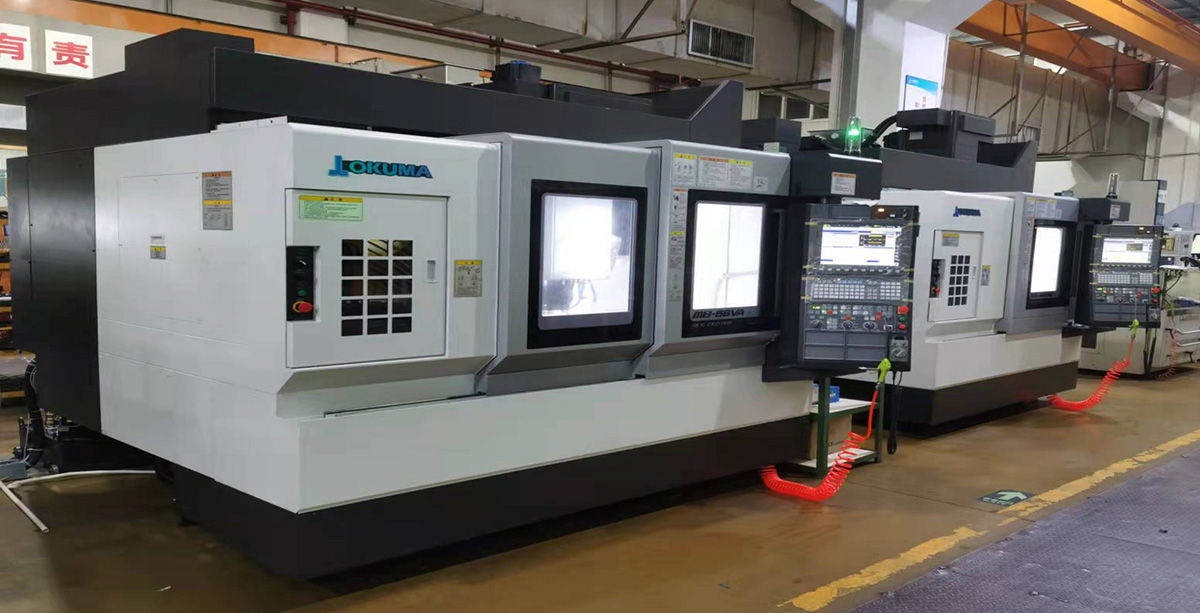Comprehensive Guide to Die Casting Mold Design and Manufacturing
Introduction:
China’s rapid growth in automotive and industrial sectors has placed enormous emphasis on die casting mold design, a discipline that blends precision engineering with advanced materials and manufacturing techniques. This guide unpacks the fundamentals of die casting mold design, explores key best practices from leading sources, and provides actionable insights for engineers and buyers. Whether you’re selecting mold steel, optimizing cooling channels, or planning maintenance schedules, understanding these principles is critical for achieving high productivity, consistent quality, and cost-efficiency.
Effective die casting mold design underpins the ability to mass-produce complex metal parts—such as engine blocks, transmission housings, and structural components—with tight tolerances and excellent surface finish. In automotive manufacturing, mold longevity and repeatability directly influence production costs, part quality, and delivery schedules. This guide covers:
-
Definition and scope of die casting mold design
-
Typical life expectancies and material choices
-
Design principles (gating, cooling, venting, ejection)
-
Manufacturing processes and technology integration
-
Maintenance strategies and innovations
-
Why partner with Huazhi for your mold projects
I. What Is Die Casting Mold Design?
Die casting mold design refers to the process of creating tooling that shapes molten metal (e.g., aluminum, zinc, magnesium alloys) into precise parts via high-pressure injection. Key elements include:
-
Parting Line and Mold Cavity Layout: Determines how the mold splits and where the casting joins.
-
Gating and Runner Systems: Channels that deliver molten metal uniformly into the cavity.
-
Cooling Circuitry: Internal channels that regulate mold temperature for faster cycles and reduced porosity.
-
Venting and Ejection: Mechanisms to evacuate gases and remove the solidified part without damage.
Effective design balances these factors to minimize defects (shrinkage, cold shuts, porosity) and optimize cycle time.
II. Key Principles of Die Casting Mold Design
Gating and Runner Design
-
Hot vs. Cold Runners: Hot runners maintain metal temperature, reducing waste and improving surface finish, while cold runners are simpler and less costly.
-
Optimized Gate Locations: Position gates at the thickest sections to promote directional solidification and avoid air entrapment.
-
Balanced Flow: Ensure symmetric filling to prevent flow hesitation and weld lines.
Cooling System Layout
-
Conformal Cooling: Advanced techniques like 3D-printed inserts enable uniform cooling close to cavity walls, cutting cycle times up to 30%.
-
Channel Design: Use diameters and layouts optimized via simulation tools (e.g., AutoCAST) for consistent mold temperature.
Venting and Ejection
-
Precision Vents: Narrow vents at end of fill lines prevent gas burns without metal leakage.
-
Ejector Pins & Plates: Strategically placed pins ensure gentle part removal; use multi-stage ejection for complex undercuts.
Draft and Tolerance Management
-
Draft Angles: Minimum 1–2° draft on vertical walls to facilitate part release without scuffing.
-
Tolerance Control: Design molds to achieve ±0.1 mm tolerances for critical automotive components.
Relevant Standards:
- ISO 2768(General Tolerance Standard)
- DIN 7168(Machining Dimensional Tolerances)
- GB/T 1804(Chinese Dimensional Tolerance Standard)
III. Materials Selection for Die Casting Mold Design
Mold Steel Grades
-
P20: General-purpose mold steel for nonabrasive alloys, life expectancy ~100K–500K shots.
-
H13: Hot-work tool steel with excellent thermal fatigue resistance, for 1M+ cycles in aluminum die casting.
-
S136: Stainless mold steel offering corrosion resistance for magnesium alloys, life expectancy 500K–1M+ cycles.
Surface Treatments
-
PVD Coatings: Titanium or chromium nitride layers to reduce wear and friction, extending mold life by up to 50%.
-
Nickel Plating: Enhances corrosion resistance and surface hardness for long-run molds.
IV. Manufacturing Process of Die Casting Mold Design
-
Concept & CAD Modeling
-
Develop 3D digital models with integrated parting lines, gate locations, and cooling channels.
-
-
DFM Analysis & Simulation
-
Use tools like AutoCAST for flow and solidification simulation, predicting defects and optimizing gating.
-
-
Mold Machining & EDM
-
CNC milling for bulk cavities; EDM for fine features and cores.
-
-
Assembly & Trial Runs
-
Assemble mold halves; conduct trial shots to fine-tune parameters (pressure, temperature, spray).
-
-
Validation & Tuning
-
Measure samples with CMM; adjust venting, gate size, or cooling lines to perfect quality.
-
V. Maintenance & Longevity in Die Casting Mold Design
-
Routine Inspection: Check for wear, erosion, or corrosion every 10K–50K cycles.
-
Regular Cleaning: Remove oxide build-up and debris to maintain venting and surface finish.
-
Scheduled Polishing: Re-polish cavities annually or as needed to retain Ra ≤1 µm.
-
Component Replacement: Swap out ejector pins, bushings, and channels before excessive wear.
-
Temperature Monitoring: Install in-mold thermocouples to avoid overheating and thermal fatigue.
VI. Types of Die Casting Molds:
With the fundamentals of die-casting molds covered, it’s essential to explore the various mold types and configurations at your disposal. Your selection—whether a standard production die or a custom-engineered mold—should align with your specific manufacturing goals.
Standard Production Dies
-
Single-Cavity Molds: Feature one cavity and no sliding components, making them straightforward to assemble and ideal for low-volume runs.
-
Multi-Cavity Molds: Incorporate multiple cavities and sliding elements, enabling the simultaneous production of several parts—perfect for high-volume requirements.
Choosing between single- and multi-cavity molds ultimately hinges on the quantity you need to produce: single-cavity molds excel at small batches, while multi-cavity molds boost efficiency when you must manufacture large quantities in one cycle.
Specialized Mold Options
-
Trim Dies: Designed to remove excess material—flash, overflow, and runners—after casting. By eliminating these remnants, trim dies simplify part ejection and ensure a clean final component.
-
Rapid Tooling Dies: Utilized when speed-to-market is paramount. These molds often employ insert components made via advanced rapid-prototyping techniques (e.g., direct metal deposition, selective laser sintering), dramatically reducing tooling lead times while still delivering functional parts.
VII. Innovations & Future Trends in Die Casting Mold Design
-
Additive Manufacturing of Mold Inserts: Enables conformal cooling and rapid design iterations.
-
IoT-Enabled Smart Molds: Real-time monitoring of temperature, pressure, and cycle data for predictive maintenance.
-
Eco-Friendly Alloys & Low-Emission Processes: Development of new Mg and Al alloys requiring lower injection pressures.
VIII. Why Choose Huazhi for Your Die Casting Mold Design Needs
-
15+ Years’ Expertise: Specialized in automotive die casting and injection mold design with zero critical recalls.
-
TS 16949 & ISO 9001 Certified: Robust quality systems ensuring <0.1% defect rates.
-
End-to-End Solutions: In-house design, prototyping, machining, assembly, and trial validation.
-
Global Delivery: Lean operations deliver molds within 6–8 weeks, shipped worldwide with JIT support.
-
Dedicated Support: Assigned project managers, transparent communication, and customizable maintenance plans.
Conclusion
Mastering die casting mold design is vital for cost-effective, high-volume automotive parts production. By integrating optimal steel selection, advanced cooling, gating strategies, and proactive maintenance, manufacturers can achieve superior part quality and mold longevity. Partnering with an experienced provider like Huazhi ensures your projects benefit from industry-best practices, cutting-edge technology, and reliable global support.
🚀 Ready to elevate your die casting mold projects?
Contact Huazhi today for a free consultation and discover how our comprehensive die casting mold design services can drive your automotive manufacturing success!
FAQ
Q1: What is the typical life expectancy of a die casting mold?
A1: Depending on steel grade and process, life expectancy ranges from 100K cycles (P20) to over 1M cycles (H13/S136) under optimized conditions.
Q2: How do surface treatments extend mold life?
A2: PVD and nickel plating increase hardness, reduce corrosion, and lower friction, boosting longevity by up to 50%.
Q3: Can you manufacture conformal cooling channels?
A3: Yes, we utilize additive manufacturing for conformal cooling to homogenize temperature and cut cycle times by 20–30%.
Q4: Do you offer mold maintenance contracts?
A4: We provide tailored maintenance plans including inspection, cleaning, polishing, and part replacement to maximize mold uptime.




